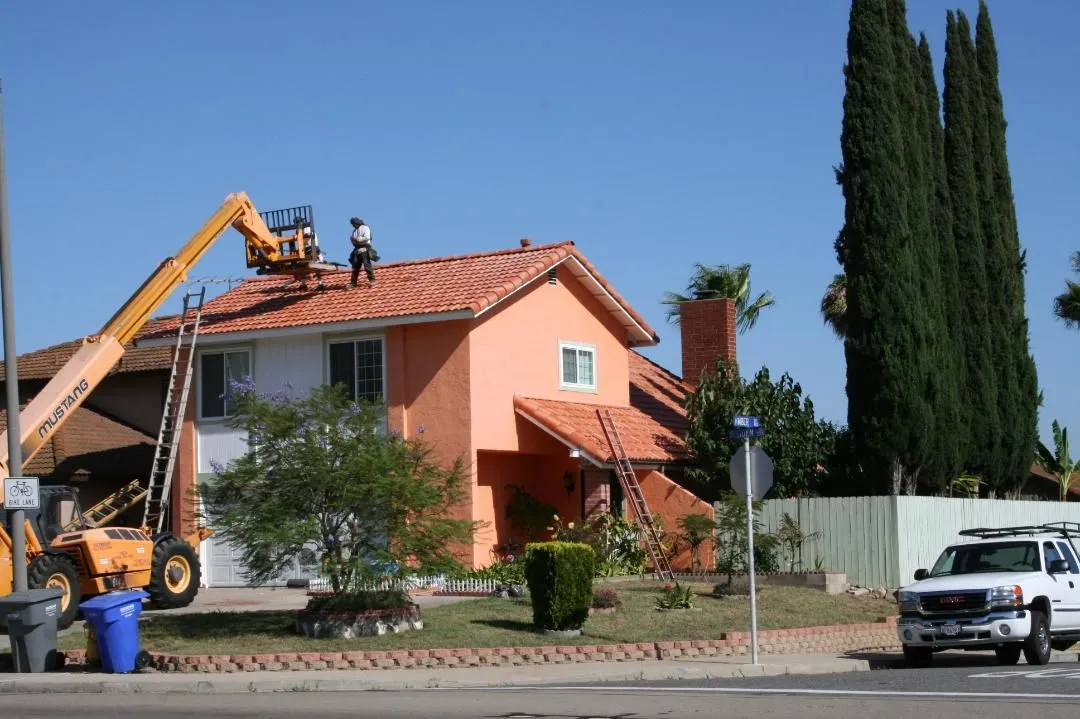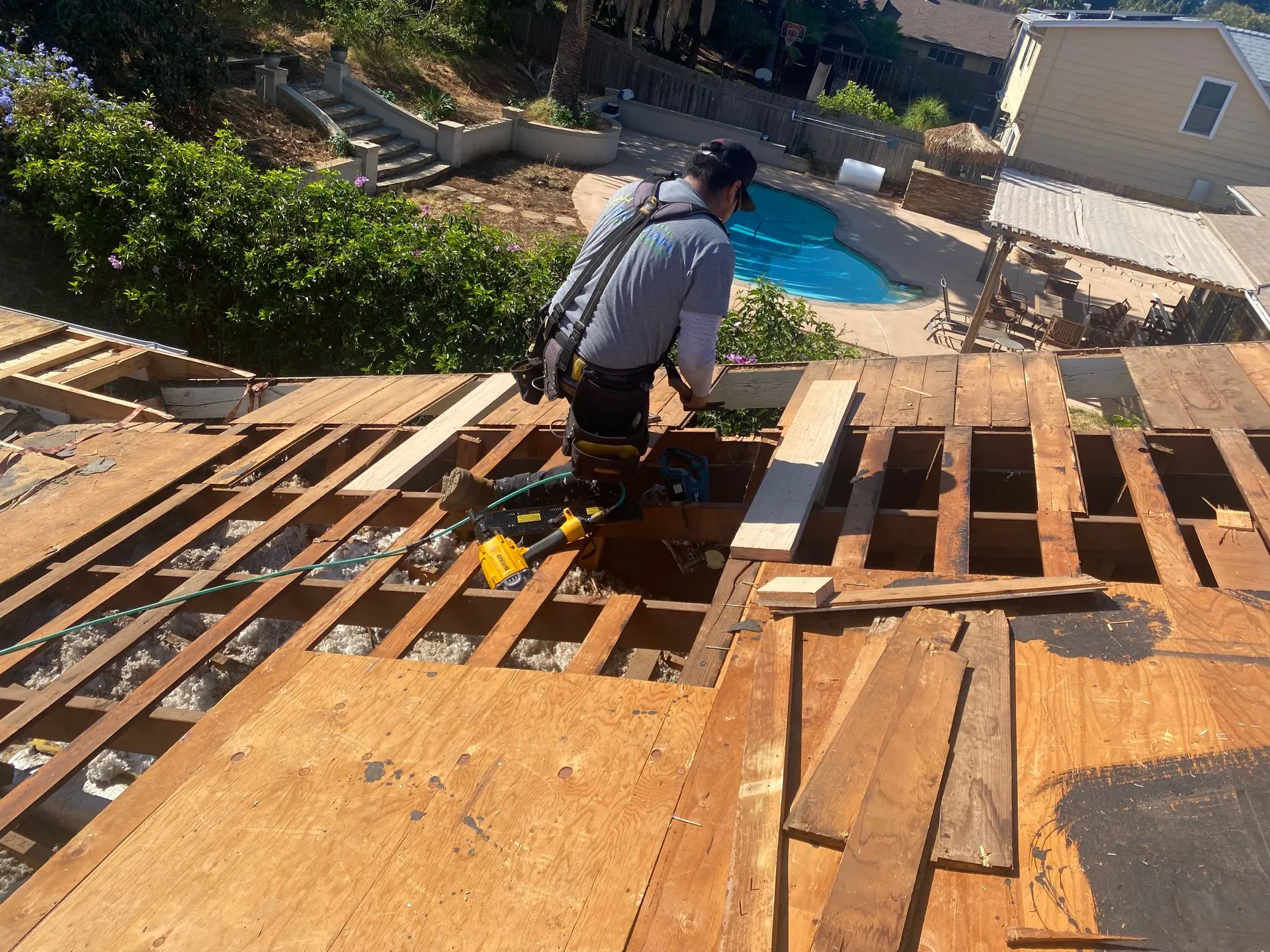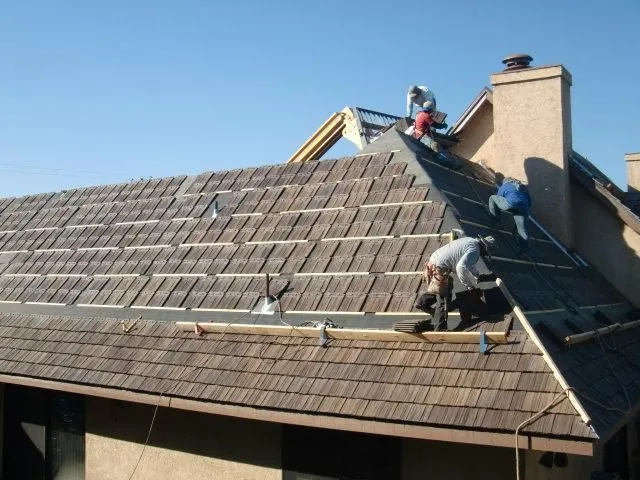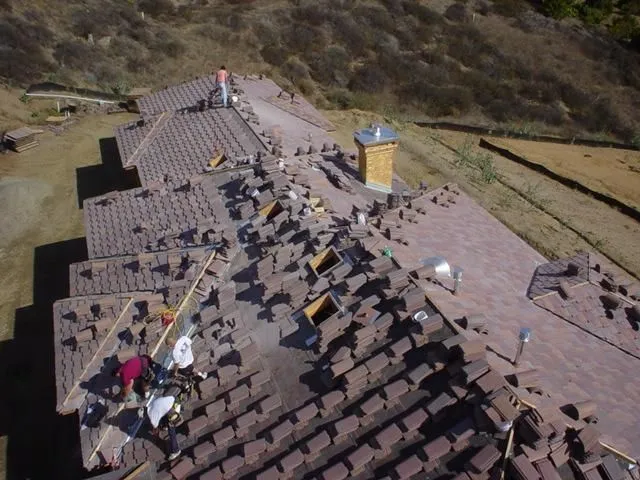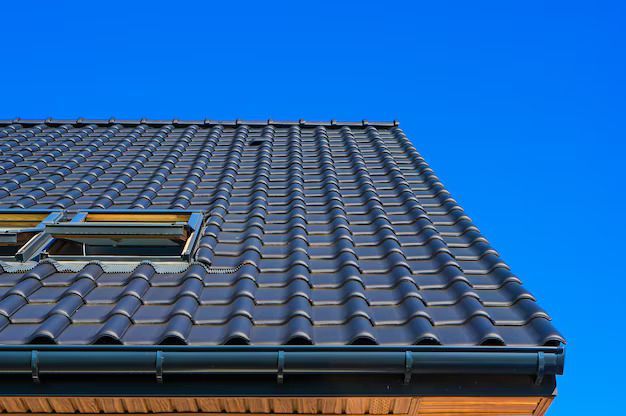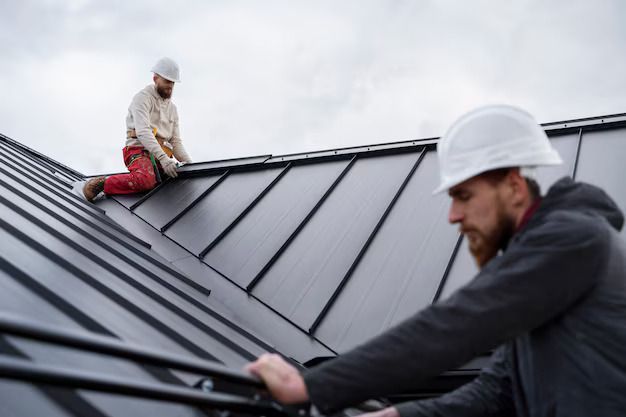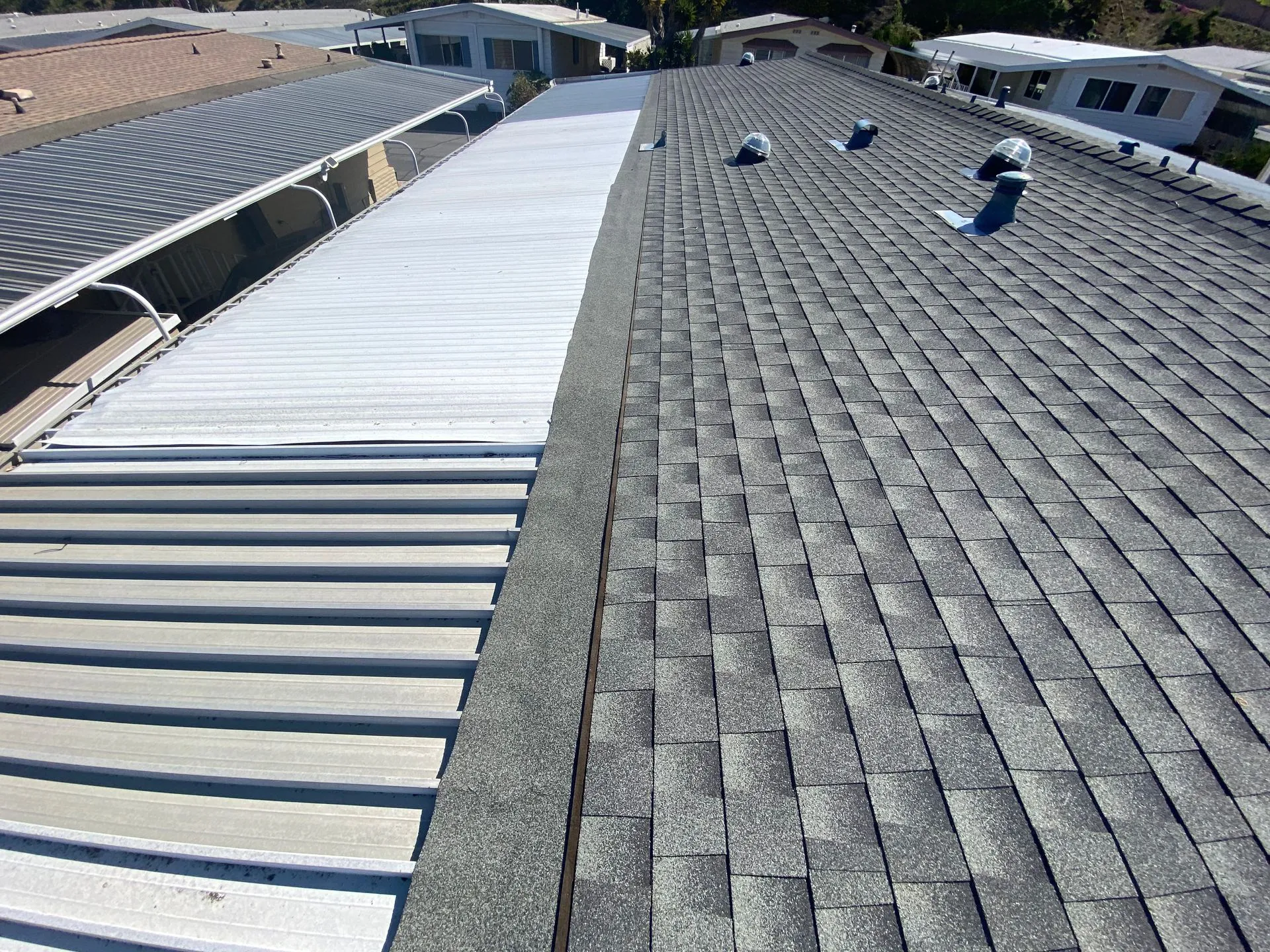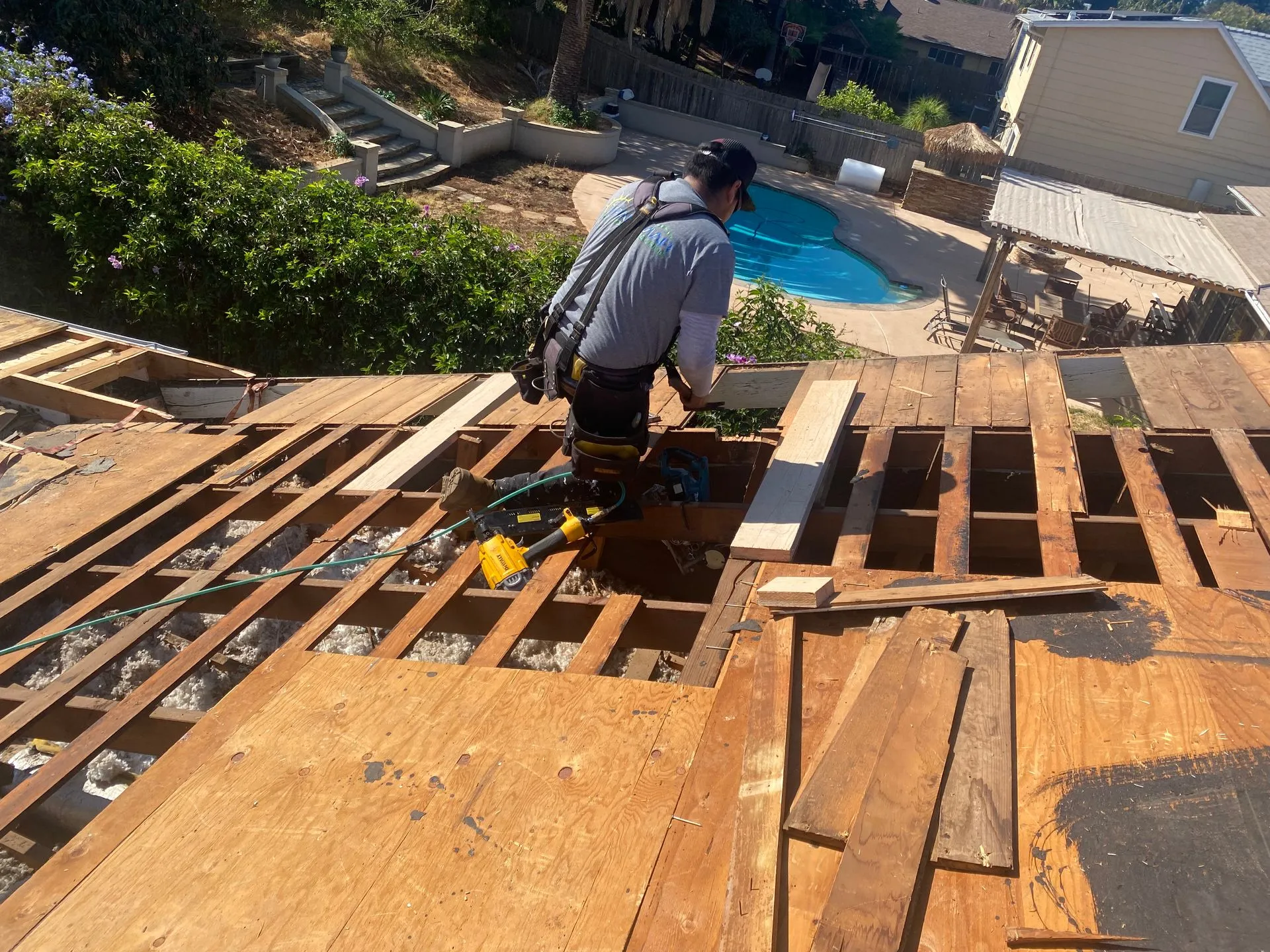
By Jennifer Foster
•
June 10, 2021
Replacing your roof has many benefits, including reduced heating costs and increased home value. Learn about the benefits of roof replacement. Speak to your audience You know your audience better than anyone else, so keep them in mind as you write your blog posts. Write about things they care about. If you have a company Facebook page, look here to find topics to write about Take a few moments to plan your post Once you have a great idea for a post, write the first draft. Some people like to start with the title and then work on the paragraphs. Other people like to start with subtitles and go from there. Choose the method that works for you. Don’t forget to add images Be sure to include a few high-quality images in your blog. Images break up the text and make it more readable. They can also convey emotions or ideas that are hard to put into words. Edit carefully before posting Once you’re happy with the text, put it aside for a day or two, and then re-read it. You’ll probably find a few things you want to add, and a couple more that you want to remove. Have a friend or colleague look it over to make sure there are no mistakes. When your post is error-free, set it up in your blog and publish.
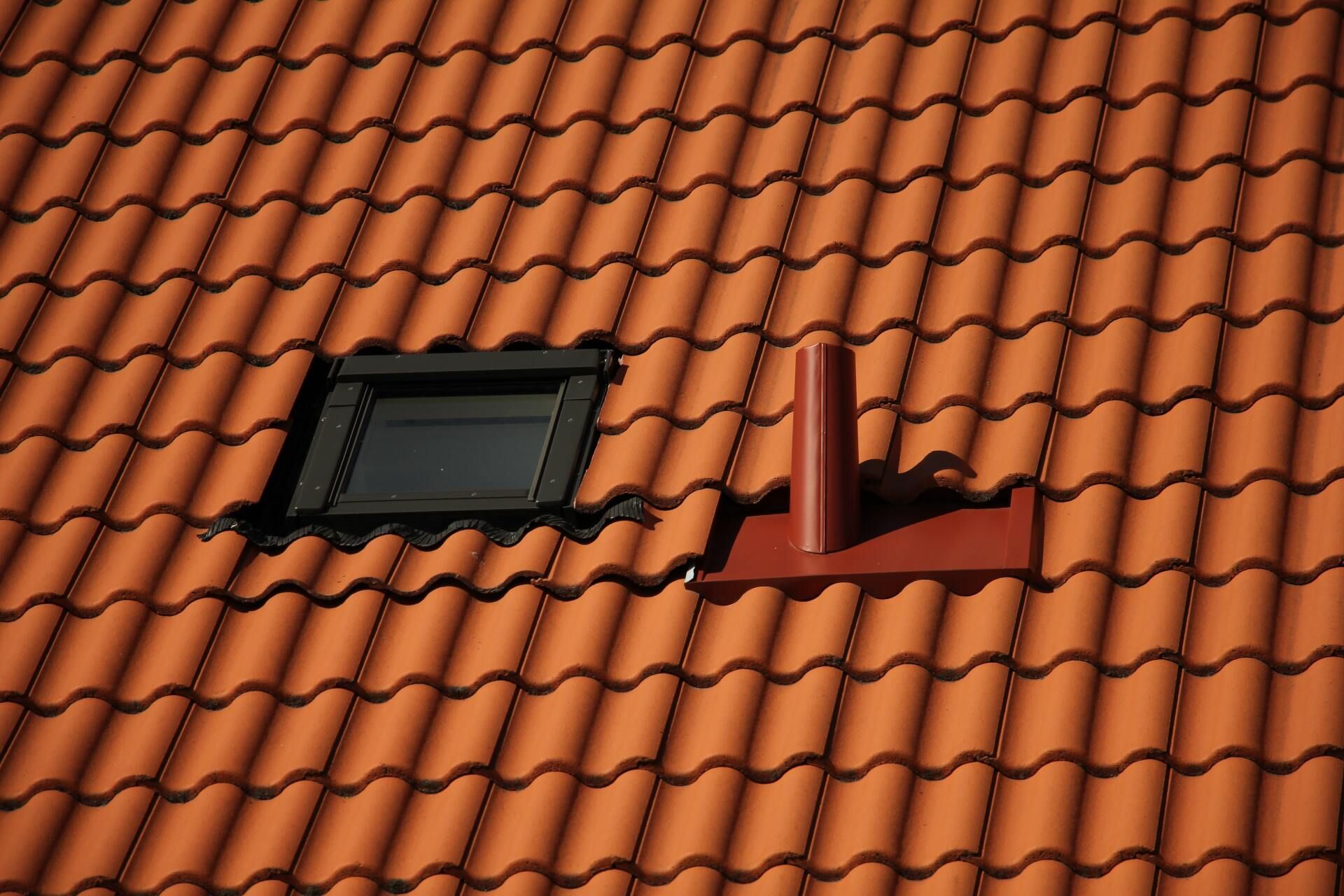
By Jennifer Foster
•
June 10, 2021
Not all roofs are created equal; some roofs require more attention than others. Working with an expert will help you choose the roof that is right for you. Here are some reasons to make blogging part of your regular routine. Blogging is an easy way to engage with site visitors Writing a blog post is easy once you get the hang of it. Posts don’t need to be long or complicated. Just write about what you know, and do your best to write well. Show customers your personality When you write a blog post, you can really let your personality shine through. This can be a great tool for showing your distinct personality. Blogging is a terrific form of communication Blogs are a great communication tool. They tend to be longer than social media posts, which gives you plenty of space for sharing insights, handy tips and more. It’s a great way to support and boost SEO Search engines like sites that regularly post fresh content, and a blog is a great way of doing this. With relevant metadata for every post so search engines can find your content.
